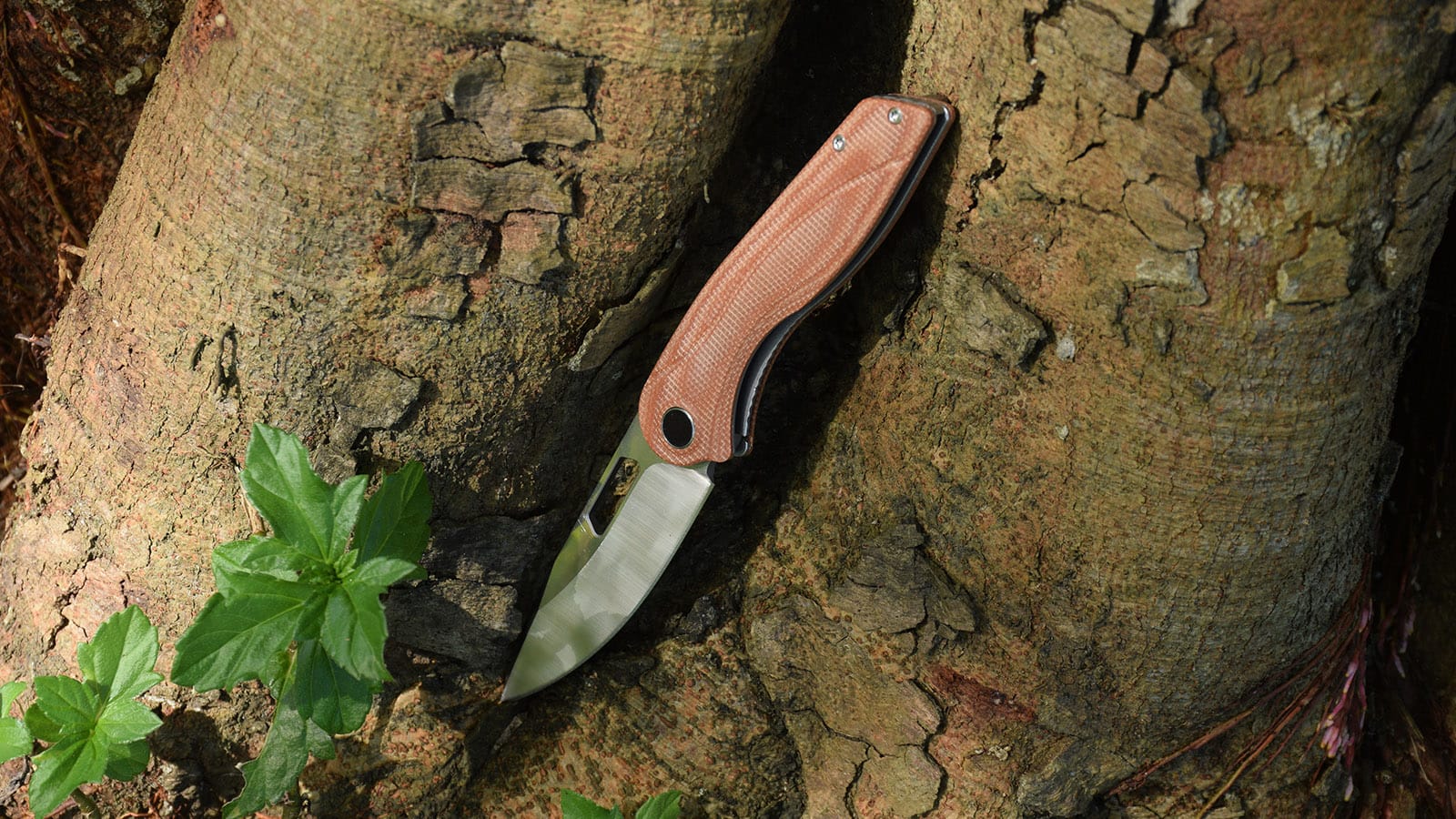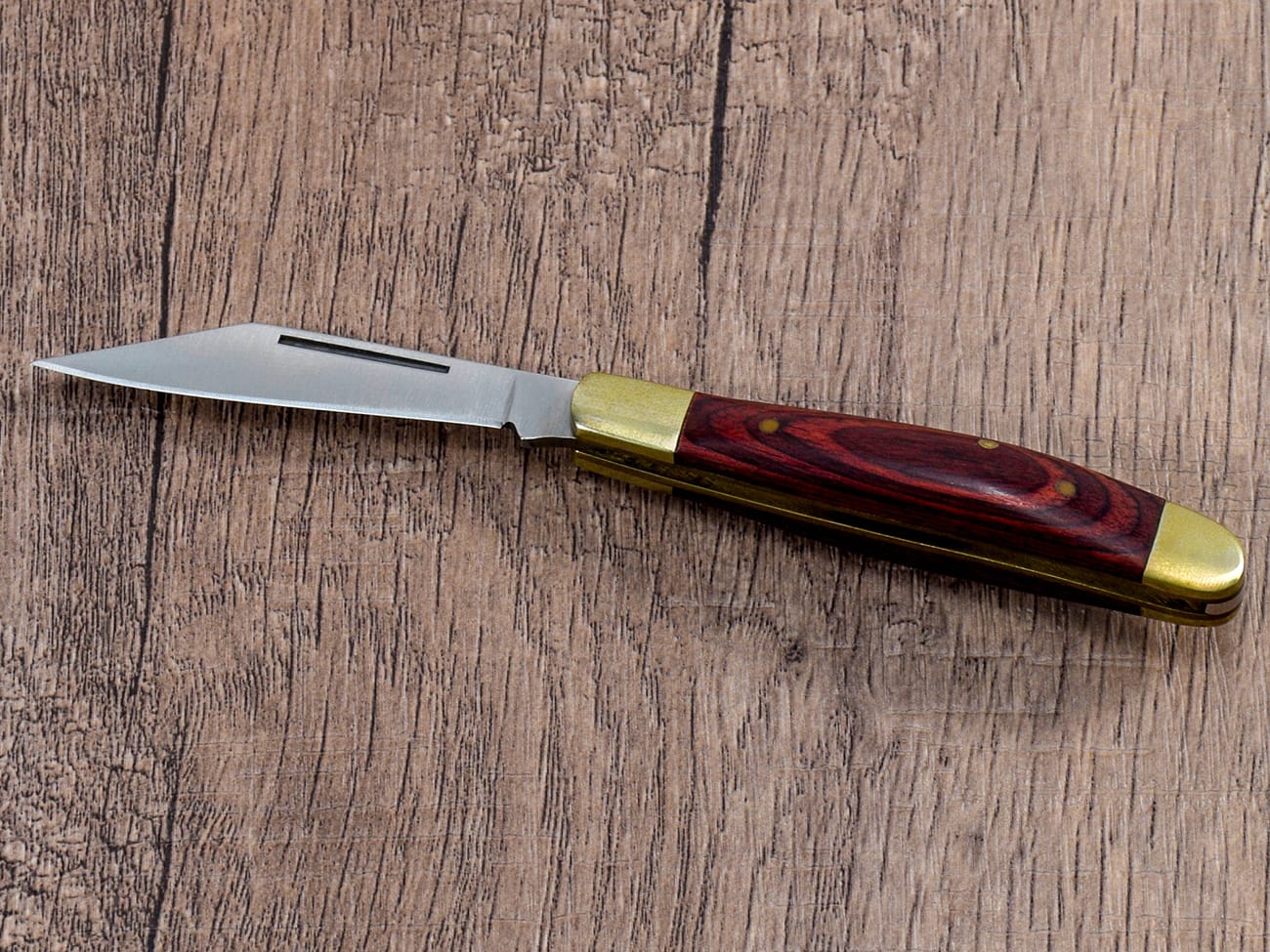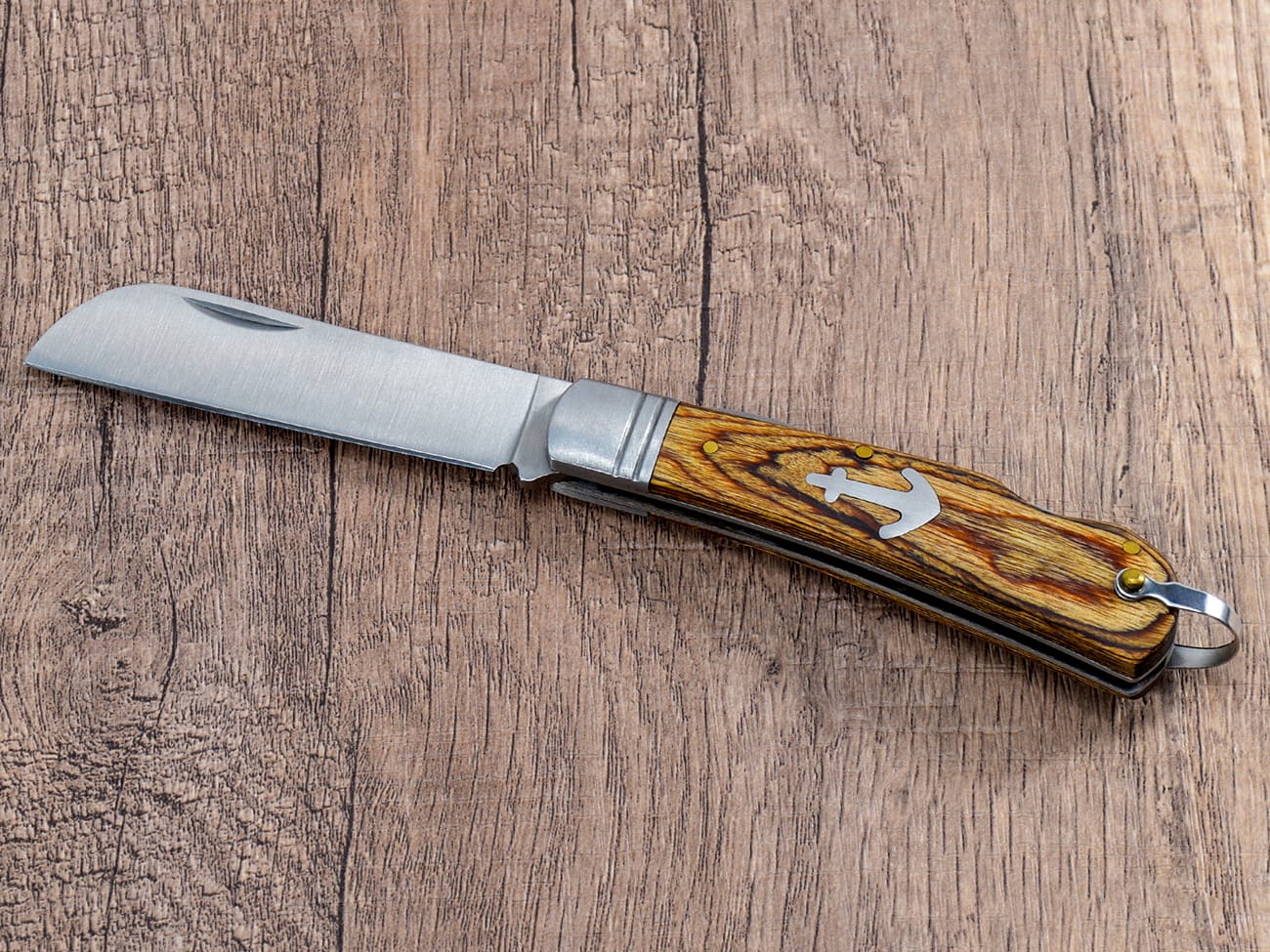Are you looking to understand what makes 9Cr18MoV stainless steel special in the knife world? This comprehensive guide explores everything you need to know about this popular Chinese high-carbon stainless steel, from its composition to real-world performance. Whether you’re a knife enthusiast or considering purchasing a 9Cr18MoV blade, this article will help you make an informed decision.
What is 9Cr18MoV Steel and Why Should You Care?
9Cr18MoV steel is a high-carbon martensitic stainless steel that has gained significant popularity in the knife making industry. This steel provides an excellent balance of hardness, toughness, and corrosion resistance, making it a versatile choice for various knife applications. With proper heat treatment, 9Cr18MoV can achieve a Rockwell hardness of 58-60 HRC.
How Does 9Cr18MoV Compare to Other Popular Knife Steels?
When comparing 9Cr18MoV to other steels like 440C and 8Cr13MoV, it generally offers better edge retention and wear resistance. The high chromium content (17-19%) provides excellent corrosion resistance
1, while the addition of molybdenum and vanadium enhances the steel’s overall performance.

What Makes 9Cr18MoV Steel Special for Knife Making?
The unique properties of 9Cr18MoV steel make it particularly suitable for knife making:
- High carbon content for excellent edge retention
- Superior corrosion resistance due to high chromium content
- Good balance between hardness and toughness
- Excellent wear resistance
- Relatively easy to sharpen compared to other high-end steels
How Does Heat Treatment Affect 9Cr18MoV Performance?
The heat treatment of 9Cr18MoV is crucial for optimal performance. The process typically involves:
- Heating to approximately 1020-1040°C
- Quenching in oil or air
- Tempering at 150-200°C Proper heat treatment ensures the steel achieves its optimal balance of hardness and toughness.
What Are the Best Uses for 9Cr18MoV Steel Knives?
9Cr18MoV steel can be used in various knife types, including:
- EDC knives
- Kitchen knives
- Hunting knives
- Folding knives Its versatility makes it suitable for both everyday carry and specialized applications.
How Does 9Cr18MoV Compare to D2 Steel?
While both steels are excellent choices, they have different characteristics:
- 9Cr18MoV offers better corrosion resistance
- D2 typically has slightly better edge retention
- 9Cr18MoV is easier to sharpen
- D2 has higher wear resistance
What Are the Maintenance Requirements for 9Cr18MoV Knives?
To maintain a 9Cr18MoV knife:
- Clean and dry after use
- Regular stropping for edge maintenance
- Occasional sharpening as needed
- Light oil application for additional corrosion protection
Is 9Cr18MoV Good for Everyday Carry Knives?
Yes, 9Cr18MoV makes an excellent choice for EDC knives because:
- It holds a sharp edge well
- Offers good corrosion resistance
- Provides a good balance of toughness and hardness
- Relatively easy to maintain
What Are the Pros and Cons of 9Cr18MoV Steel?
Pros:
- Excellent corrosion resistance
- Good edge retention
- Balanced hardness and toughness
- Reasonable price point
Cons:
- Not as wear-resistant as premium steels
- Heat treatment quality can vary
- May not hold an edge as long as some higher-end steels
How to Choose a 9Cr18MoV Knife?
Consider these factors when selecting a 9Cr18MoV knife:
- Intended use
- Handle material and design
- Heat treatment quality
- Manufacturer reputation
- Price point
Key Takeaways:
- 9Cr18MoV is a versatile high-carbon stainless steel
- Offers excellent corrosion resistance and good edge retention
- Suitable for various knife applications
- Requires proper heat treatment for optimal performance
- Provides good value for money
- Easy to maintain and sharpen
- Makes an excellent choice for EDC knives
Remember, while 9Cr18MoV is an excellent steel choice, the overall knife quality also depends on proper heat treatment, design, and construction. Choose a reputable manufacturer to ensure you get the best performance from your 9Cr18MoV blade.




